How the Blue Heeler Became Australia’s Hardest Working Dog
Blue Heelers are different. They know how to read a room instead of waiting for commands. They observe, calculate, adapt, and move with precision. The breed is officially called the Australian Cattle Dog and was created out of pure necessity. Their purpose was to help ranchers manage wild cattle over massive landscapes.
Today, they stand as the perfect example of innovation and survival. They’ve become a symbol of Australian resilience and grit. Let’s look at how the Blue Heeler earned its title as Australia’s hardest-working dog—and why it still holds strong today.
They Were Built for Survival
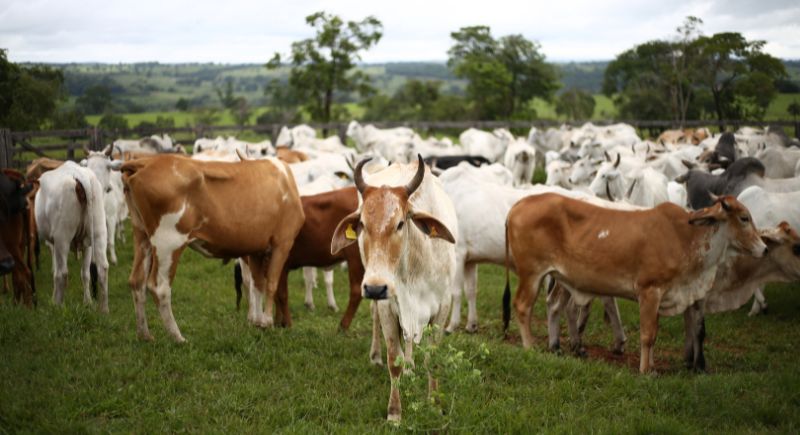
Credit: pexels
In the 1800s, herding cattle in Australia meant battling heat and distance. It was almost impossible for imported dogs to keep up. Local ranchers needed something tougher, so they started creating a new breed that could survive harsh conditions. And so, Blue Heelers came into being.
Thomas Hall Experimented
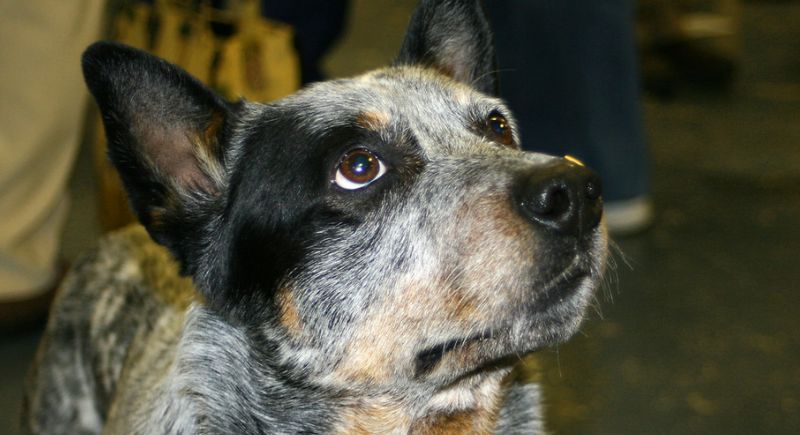
Credit: flickr
Hall was a rancher in New South Wales who didn’t settle for weak herding dogs. He wanted performance. In the 1840s, he crossed blue-merle Highland Collies with native Dingoes. The result was a new working dog called “Hall’s Heeler.” This dog had the perfect traits for cattle work.
Dingoes Gave Them Their Edge

Credit: flickr
Dingoes are wild dogs that survive in extreme heat and move fast. By mixing Dingo’s blood with the Blue Heeler’s, the Blue Heeler got those same traits. They became determined workers who could travel long distances and manage cattle calmly. That calm control also kept the herds from panicking.
Dalmatians Weren’t Just for Show

Credit: pexels
People often ask why Dalmatians were originally part of the mix–even if a small one. And the reason was not related to achieving a certain appearance. Dalmatians worked well with horses, which mattered on ranches. They added loyalty and horse sense, which made the Blue Heeler a great riding partner.
That Coat Does More Than Look Cool
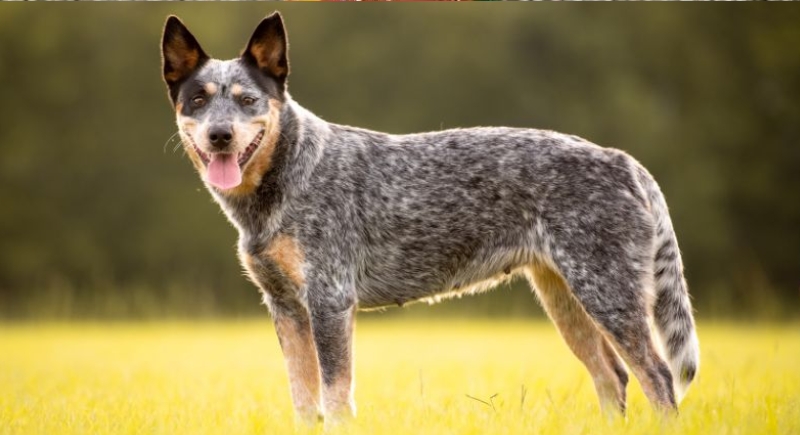
Credit: Getty Images
The blue or red speckled coat helps the Blue Heeler blend into the outback. That’s a useful trait when herding, so the cattle don’t get spooked easily. A dog that blends in causes less stress. Their short, dense coat also protects them from sun and scratches.
Robert Kaleski Wrote the Rules

Credit: Facebook
By the 1890s, people were breeding Blue Heelers in various ways. Kaleski stepped in to stop all sorts of experiments on this breed. He began breeding them seriously and created the first breed standard in 1902, basing it on the Dingo’s build. The goal was simple—preserve the traits that made them effective workers.
These Dogs Work Like They Get Paid
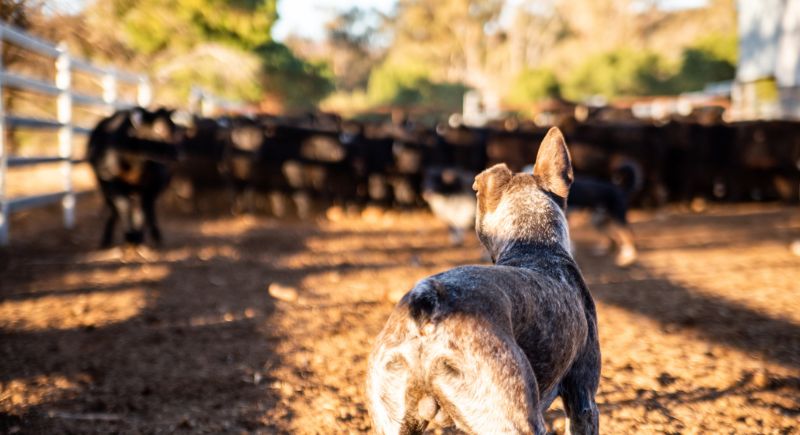
Credit: iStockphoto
Blue Heelers don’t slack off. They need a job, or they get bored and destructive. On farms, they’ll herd cattle all day and still want more for their unmatched stamina. That’s why ranchers love them; they can handle long days in tough weather without slowing down.
They Solve Problems Faster Than You Think
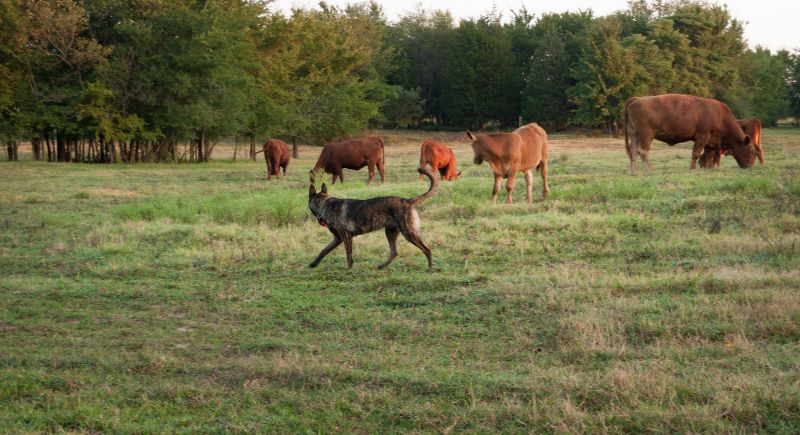
Credit: iStockphoto
Blue Heelers are fast in their heads. They can plan routes, control herds, and understand handler signals with little training. Some owners say they only need to show something once. That intelligence means they need mental challenges to stay balanced.
Their Bodies Are Built to Move
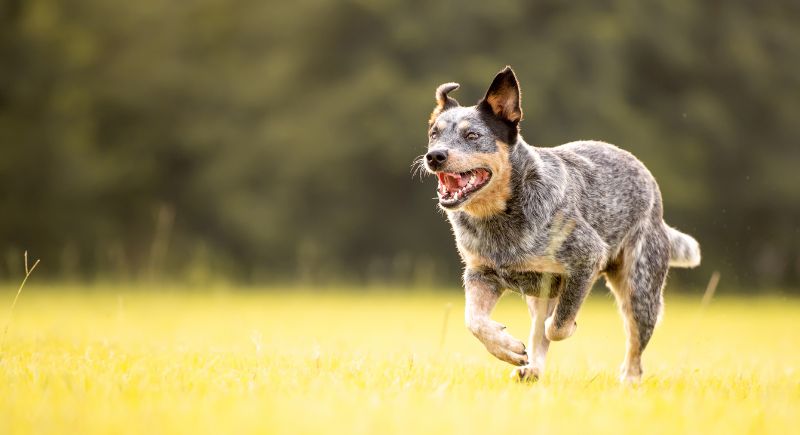
Credit: Getty Images
Blue Heelers have a strong yet compact build. They’re low to the ground, which gives them speed and control. Their muscular frame helps them cover large distances without tiring. They can twist, turn, and sprint without hesitation. The breed is all designed to chase and outmaneuver stubborn livestock.
They Herd Without Barking the House Down
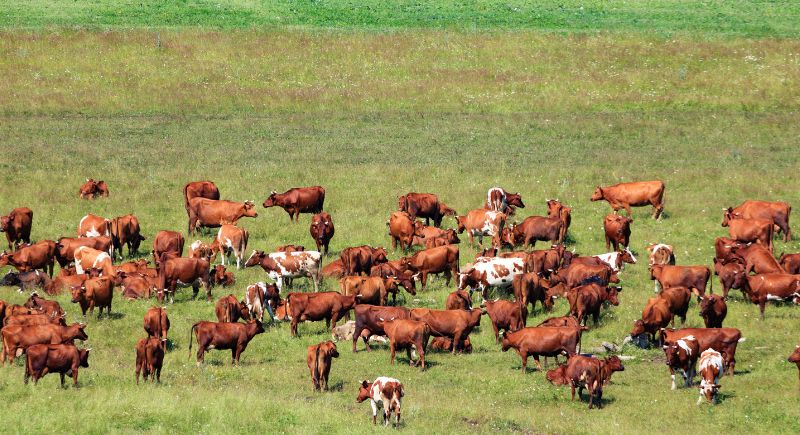
Credit: Nobilior Images
Some herding dogs bark constantly, but that’s not the case with Blue Heelers. They use their speed and a quick nip to move cattle. This quiet method keeps herds calm and under control. It also helps on large properties where yelling or barking might startle the animals.
Their Loyalty Is Next-Level
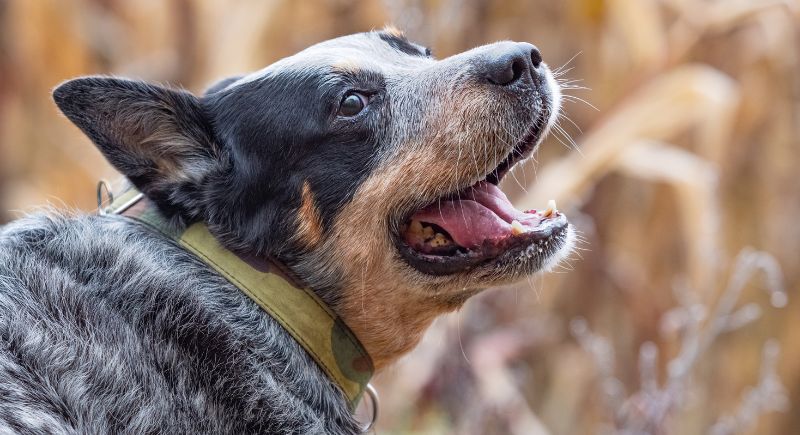
Credit: Getty Images
Blue Heelers bond deeply with their people. They choose one or two favorites and stick by them. This loyalty makes them great guard dogs, and they’re always watching and listening. They’ll protect their home, family, and flock with everything they’ve got—cattle or kids.
They Own the Outback
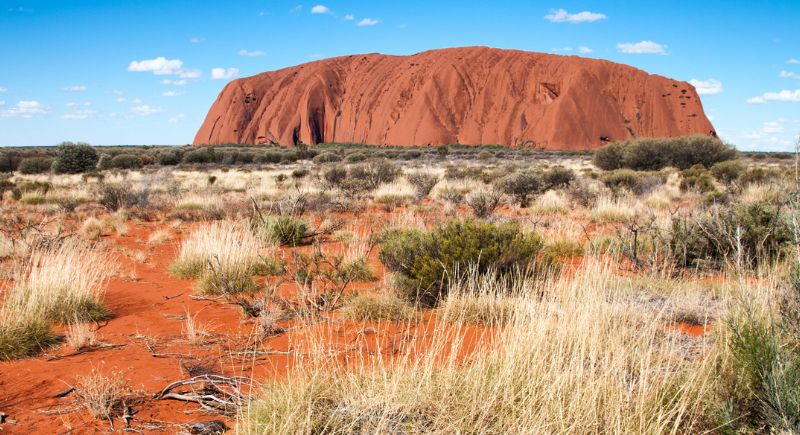
Credit: Gagliardi Photography
The Australian outback is brutal. Temperatures swing fast, and water is scarce. Blue Heelers are built for the rough and rugged terrain in the harsh weather. Their double coat keeps them cool in the day and warm at night. They have the grit to keep going when other dogs would give up.
They’re Healthy—but Not Invincible
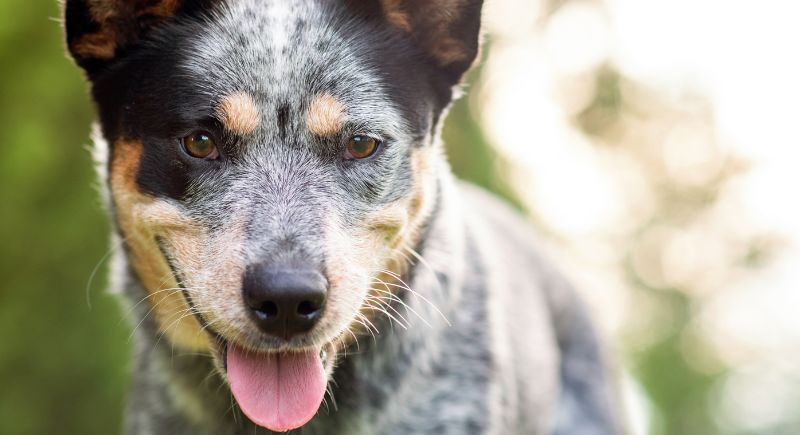
Credit: Getty Images
Blue Heelers are tough, but they’re not immune to health problems. Some develop hip dysplasia or eye conditions like progressive retinal atrophy. Regular vet checks and responsible breeding help a lot. These dogs also need space, exercise, and tasks to stay physically and mentally healthy.
Farmers Around the World Want Them
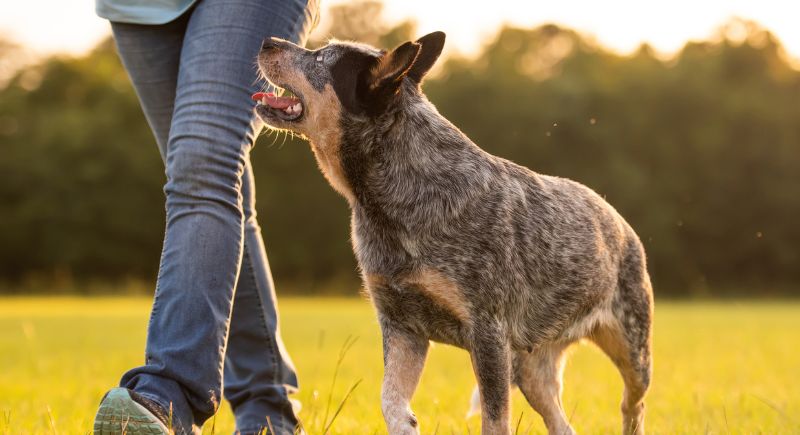
Credit: Getty Images
People outside Australia noticed how well Blue Heelers worked, and the demand for these dogs grew worldwide. Now, you’ll find them on American ranches, Canadian farms, and even European properties. Their ability to adapt to different landscapes and work styles makes them one of the most valued herding dogs worldwide.
Bluey Made Them Famous for a New Reason

Credit: Facebook
Many first met this breed through Bluey, the hit children’s show. The cartoon made Blue Heelers a household name for families, not just farmers. It shows their playful and loving side. That attention helped people see them as companions, too.